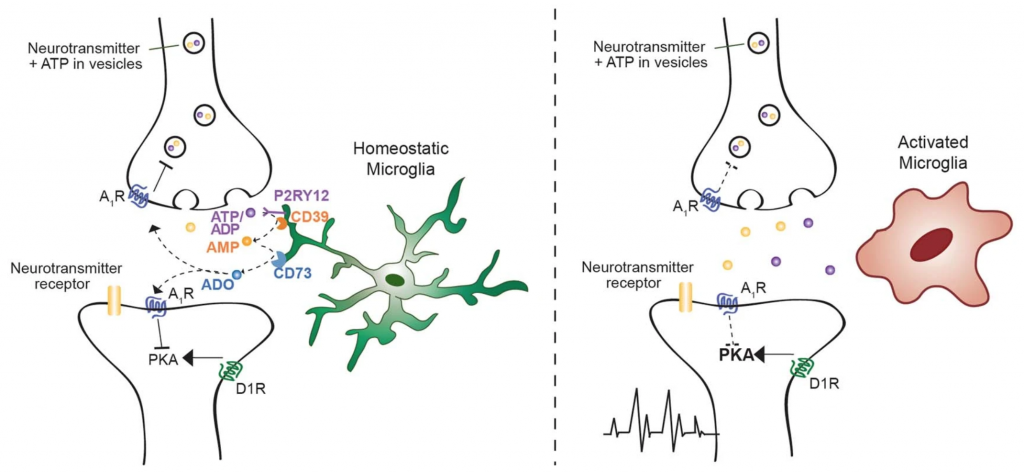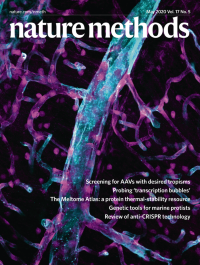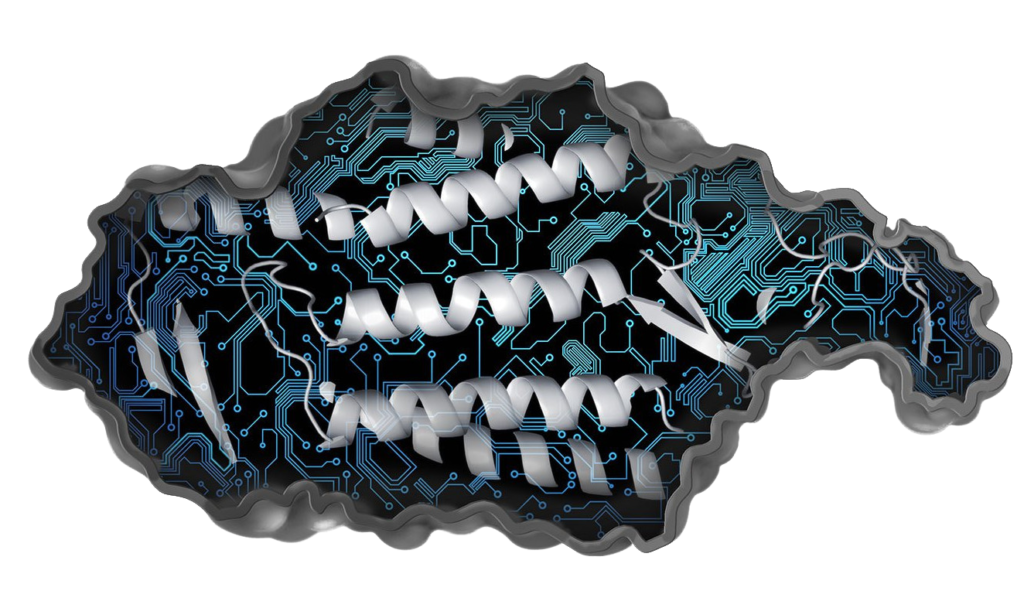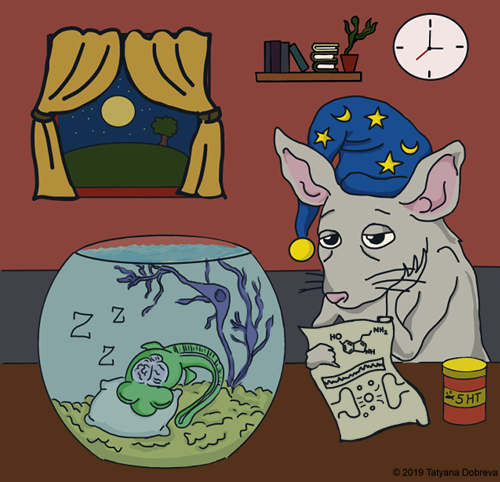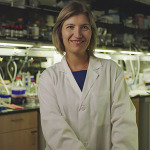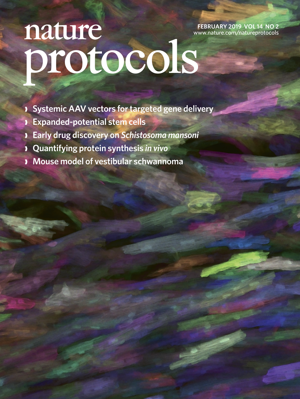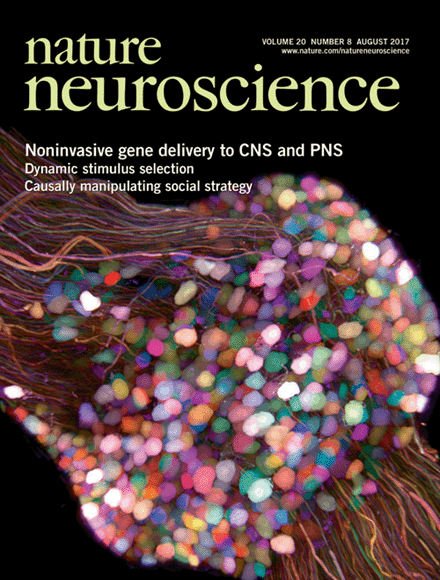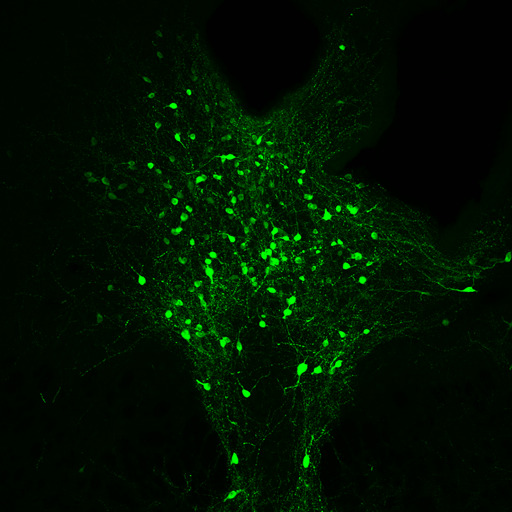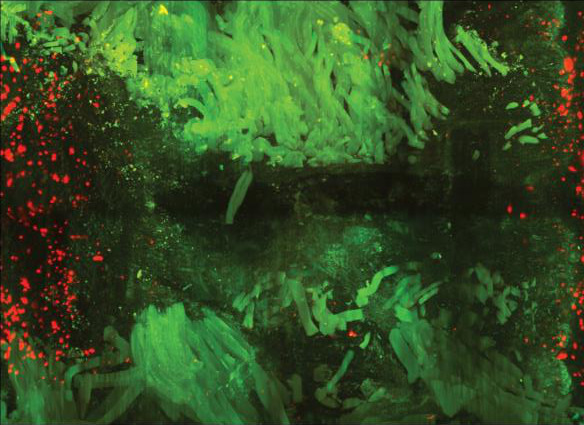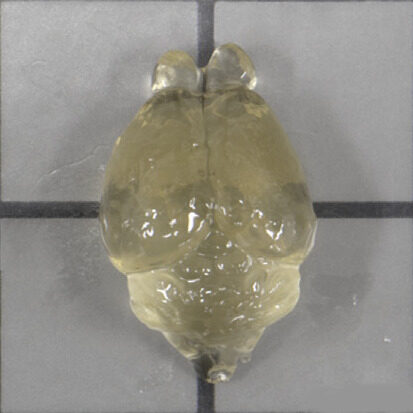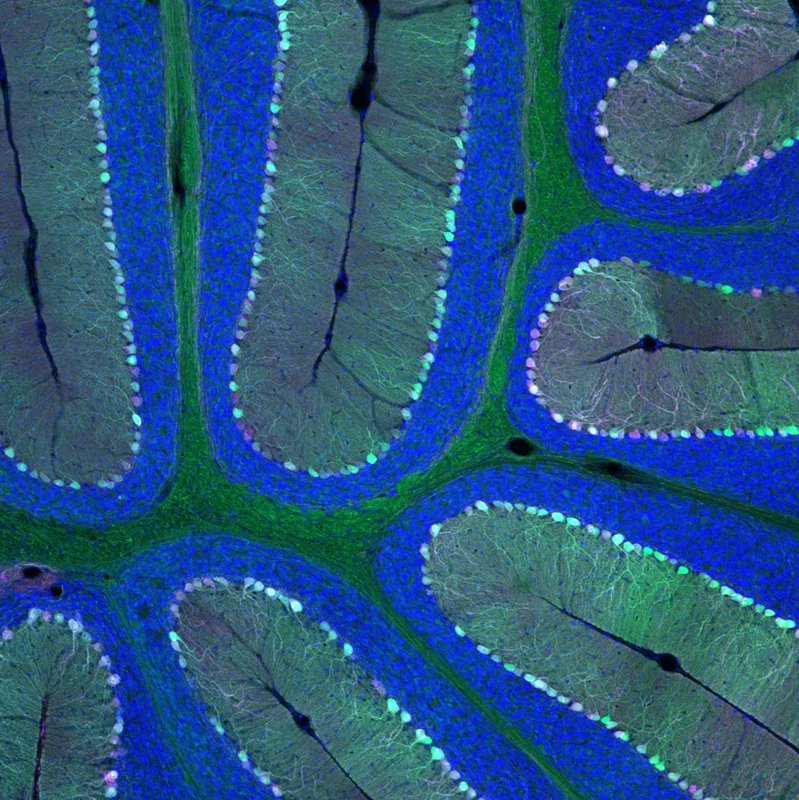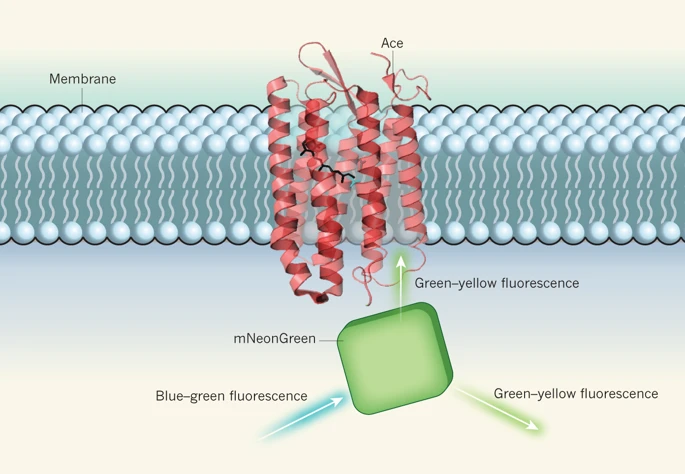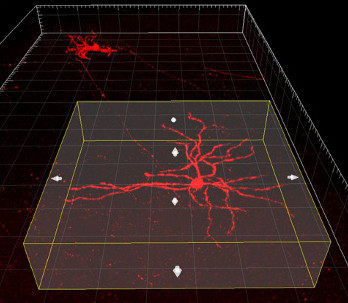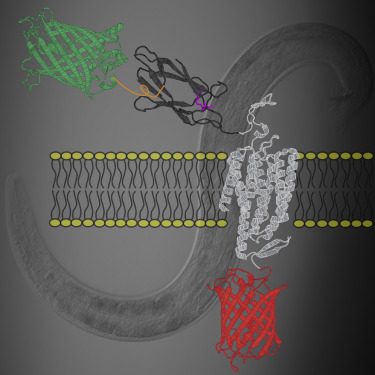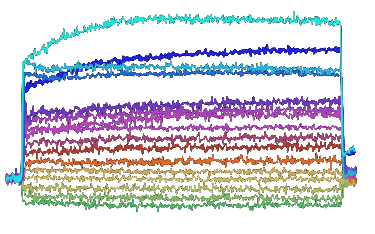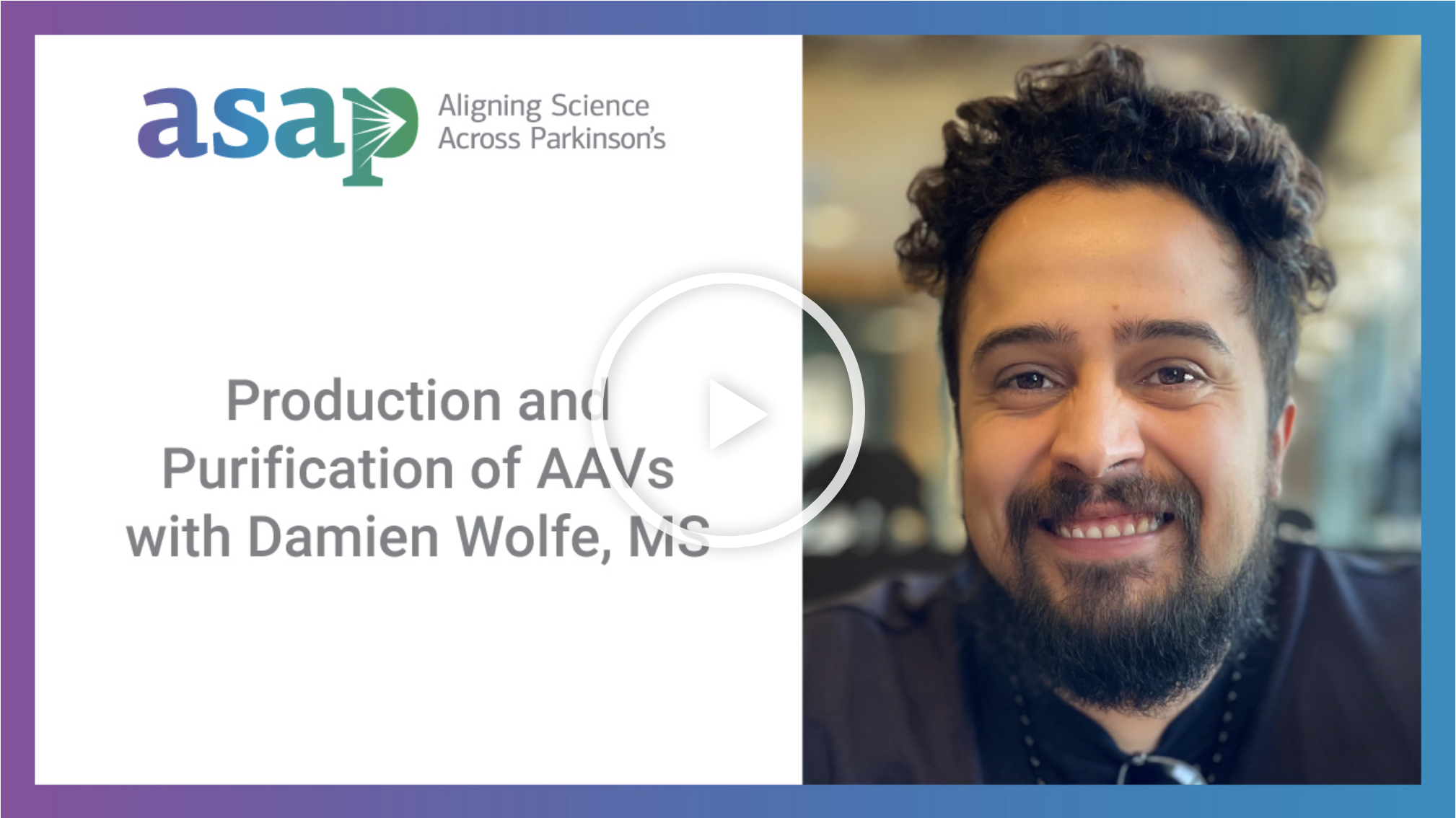
April, 2024
Damien featured on an episode of Protocol Particulars from ASAP. Check it out!

April, 2024
Xiaozhe and colleagues’ work on screening engineered proteins by modeling binding propensity is published in Molecular Therapy. Congratulations to the team!
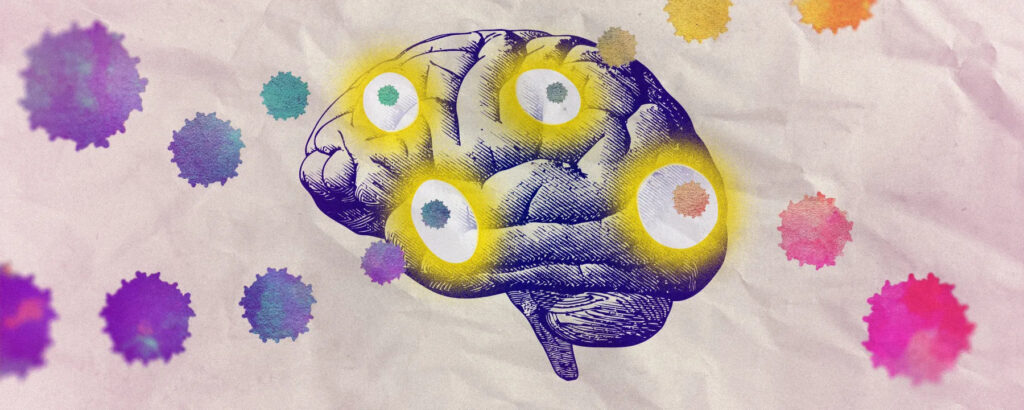
March, 2024
Viviana and the lab featured in The Scientist: A Journey Into the Brain by Danielle Gerhard. Check it out!
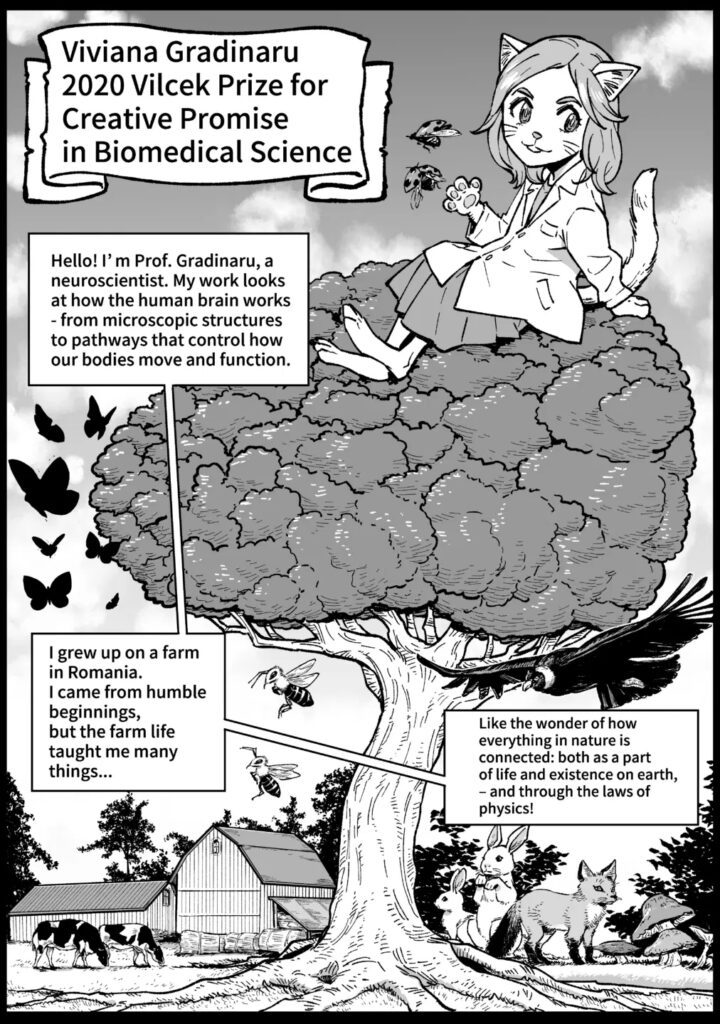
January, 2024
Artist Hiroki Otsuka turns Viviana into a cat in a manga from the Vilcek Foundation. Check it out!
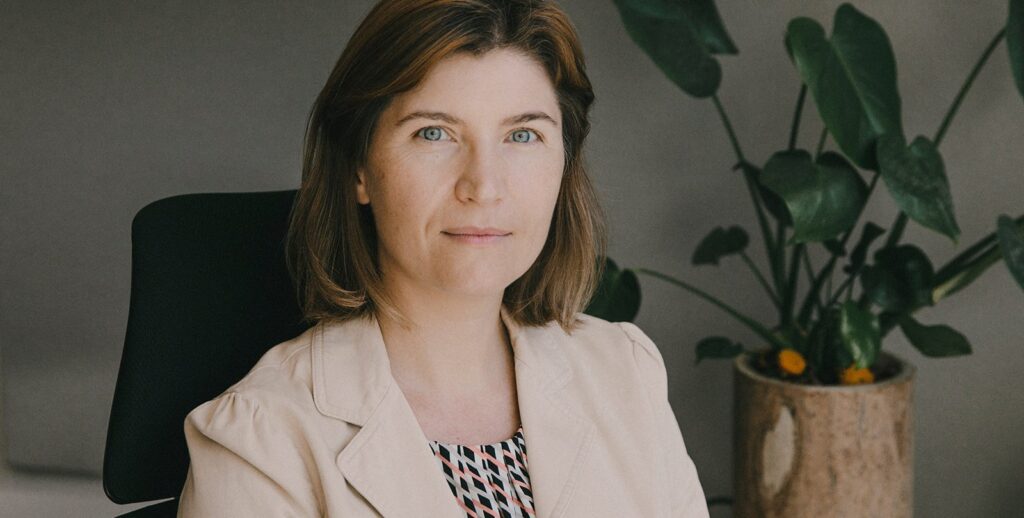
October, 2023
Viviana is named Director of the Merkin Institute for Translational Research. Congratulations!
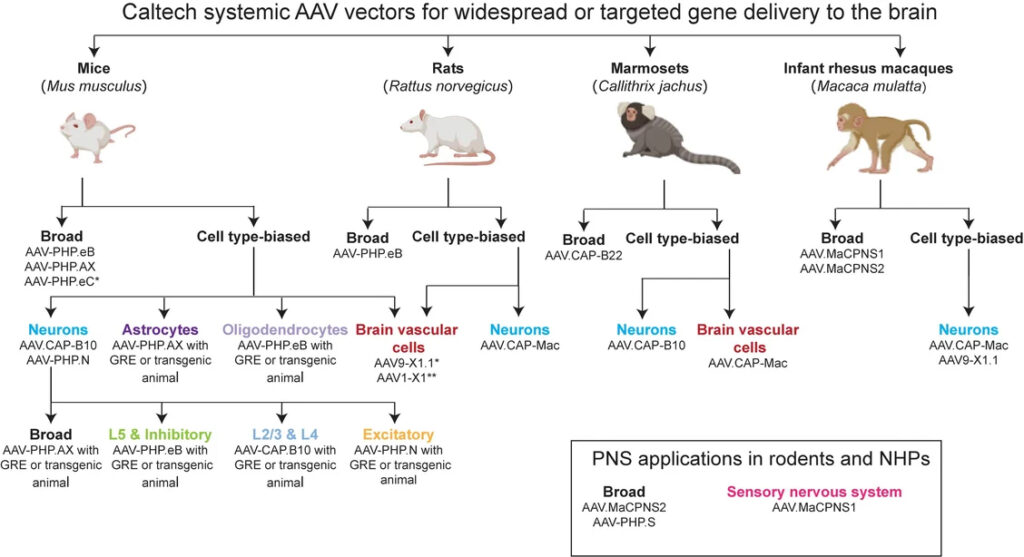
October, 2023
Cynthia and Tim contributed to a Viral Vectors 101 manual for systemic AAVs on Addgene. Check it out!
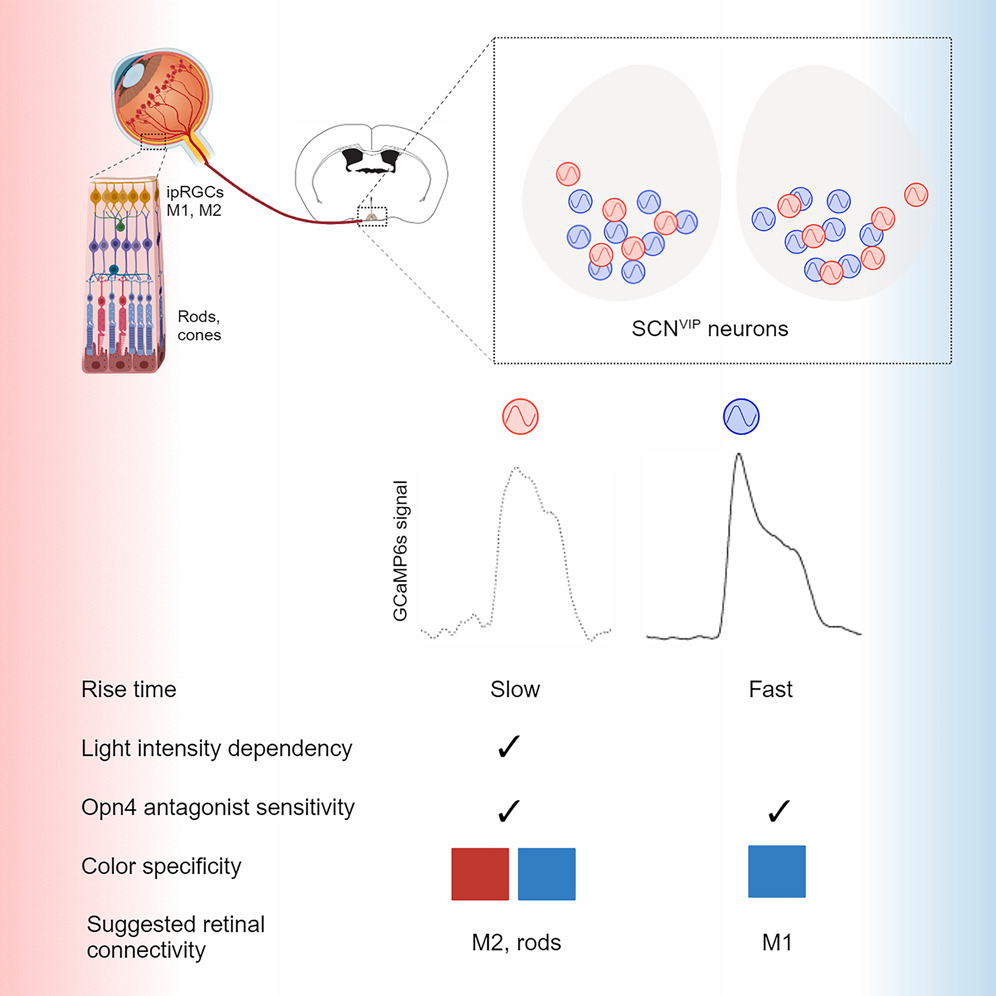
September, 2023
Anat and colleagues’ work on distinct light-responsive subpopulations of SCN-VIP neurons is published in iScience. Congratulations to the team!
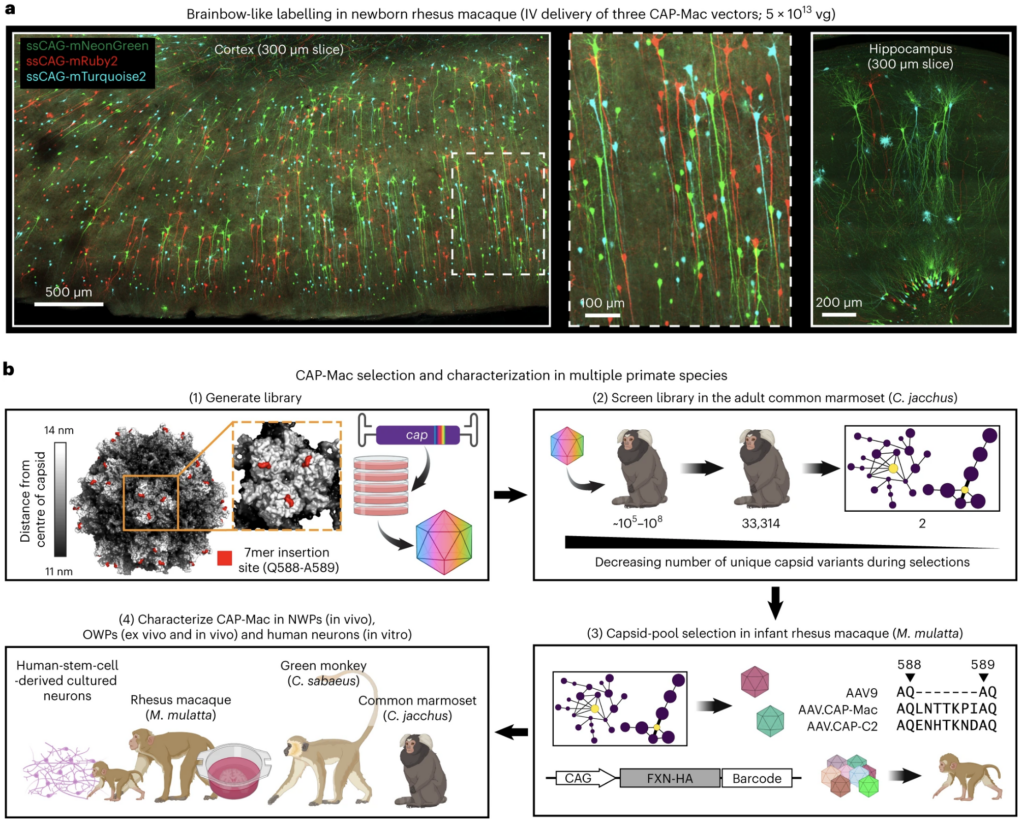
July, 2023
Miggy, Nick F., Nick G. and colleagues’ work on AAVs for intravenous gene delivery to the NHP brain is published in Nature Nanotechnology. Congratulations to the team!

June, 2023
Xinhong and colleagues’ work on functional gene delivery to and across the brain vasculature is published in Nature Communications. Congratulations to the team!

April, 2023
Tim, Erin and Xiaozhe’s work on new targets for blood-brain barrier crossing by viral vectors is published in Science Advances and featured on Caltech News. Congratulations to the team!

January, 2023
Cynthia’s review on AAVs for delivering genetic cargo to non-human primate nervous systems is published in Current Research in Neurobiology. Congratulations to the team!
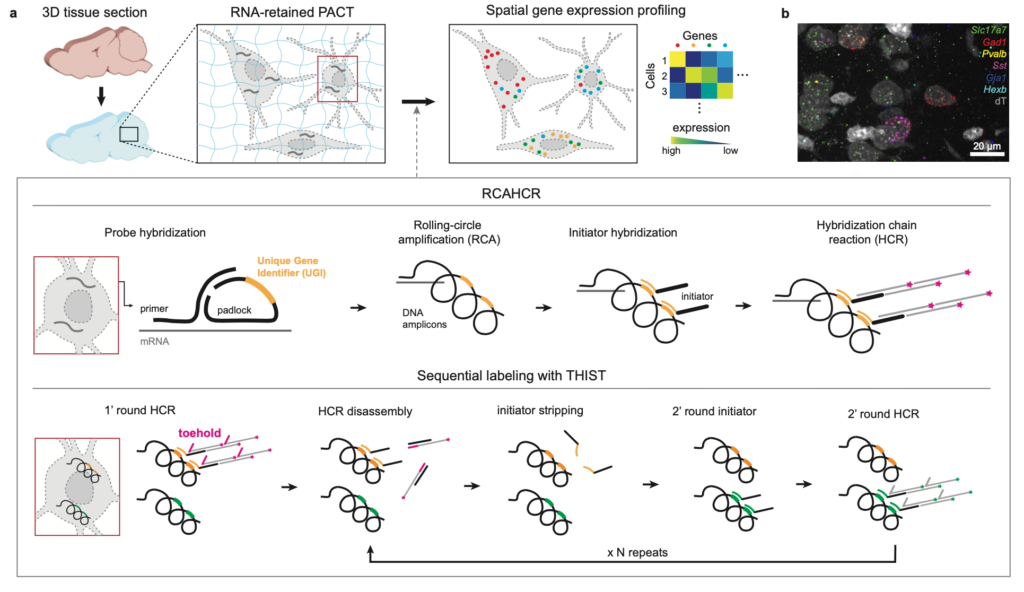
January, 2023
Min’s work on spatial transcriptomics for profiling the tropism of viral vectors in tissues is published in Nature Biotechnology. Congratulations to the team!

December, 2022
Viviana is selected as a Fellow of the National Academy of Inventors (NAI). Congratulations!
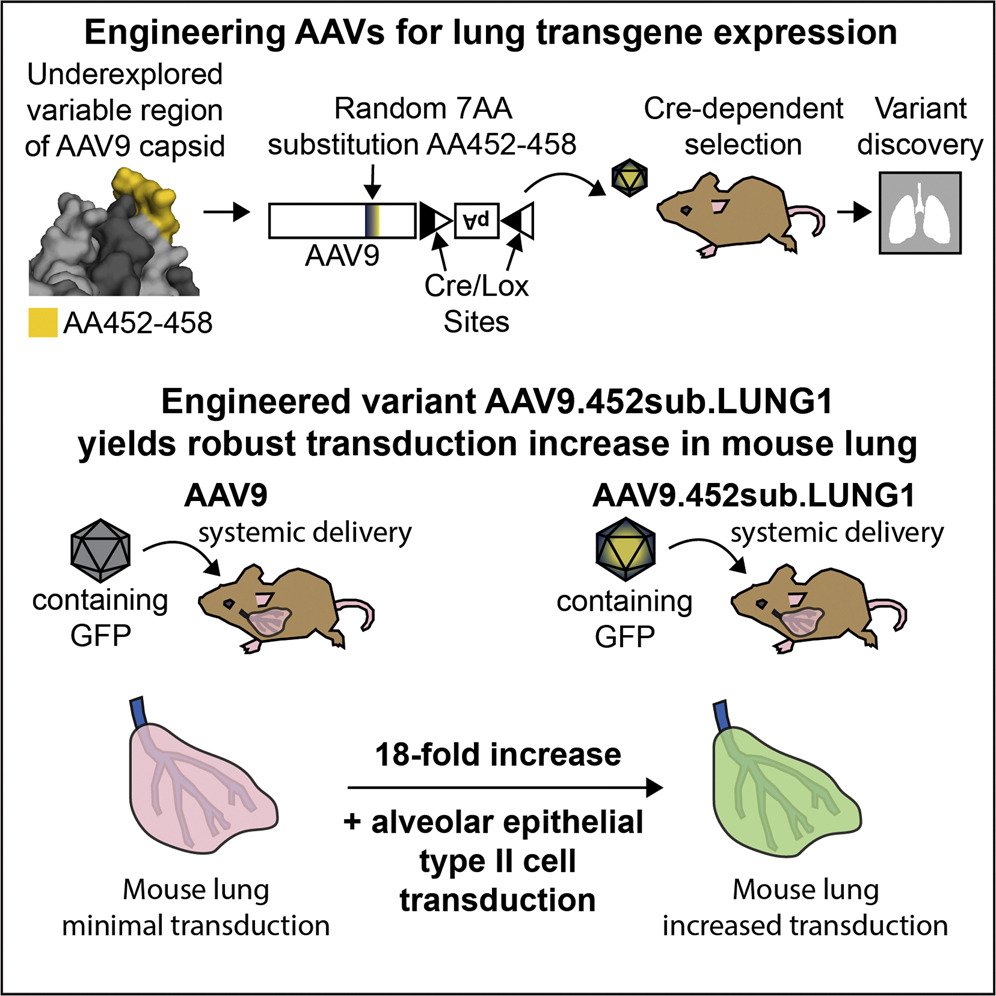
August, 2022
David’s work on targeting the lung epithelium after intravenous delivery by directed evolution of underexplored sites on the AAV capsid is published in Molecular Therapy–Methods & Clinical Development. Congratulations to the team!
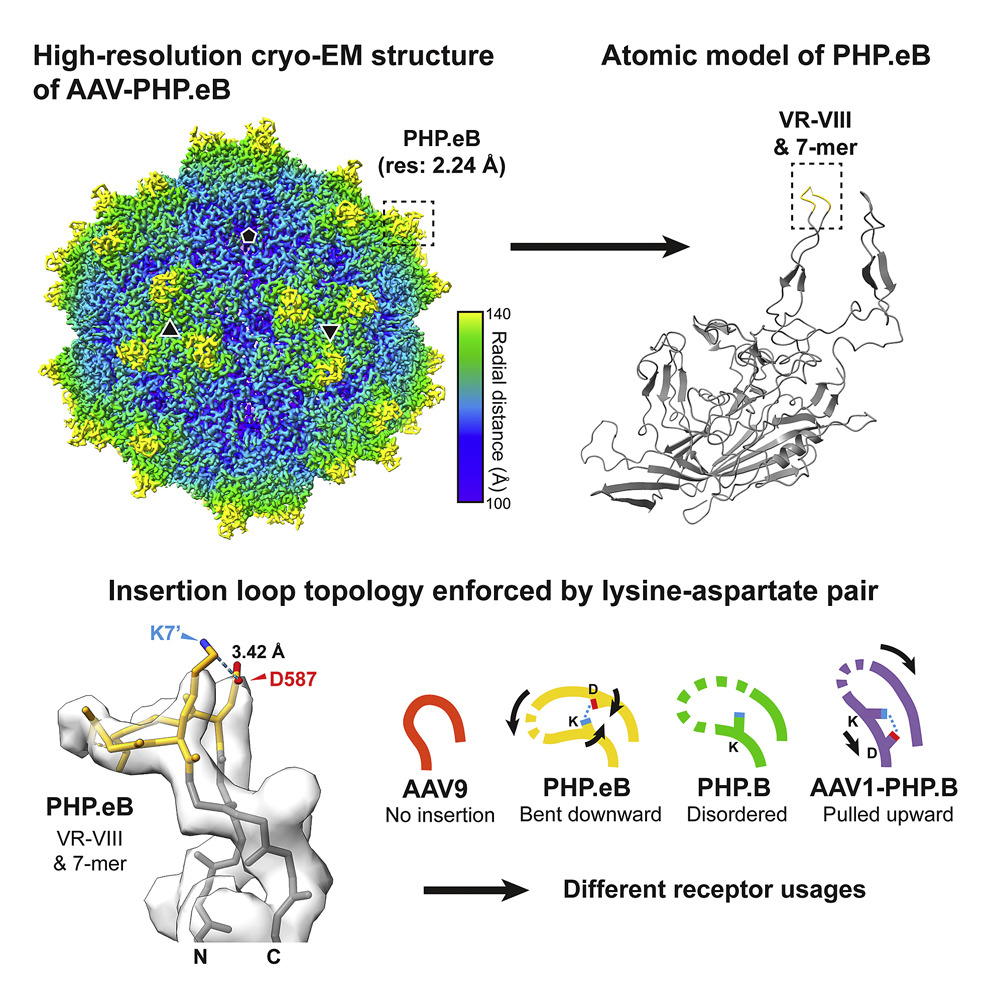
August, 2022
Seongmin’s work on the structural basis of receptor usage by the engineered capsid AAV-PHP.eB is published in Molecular Therapy–Methods & Clinical Development. Congratulations to the team!
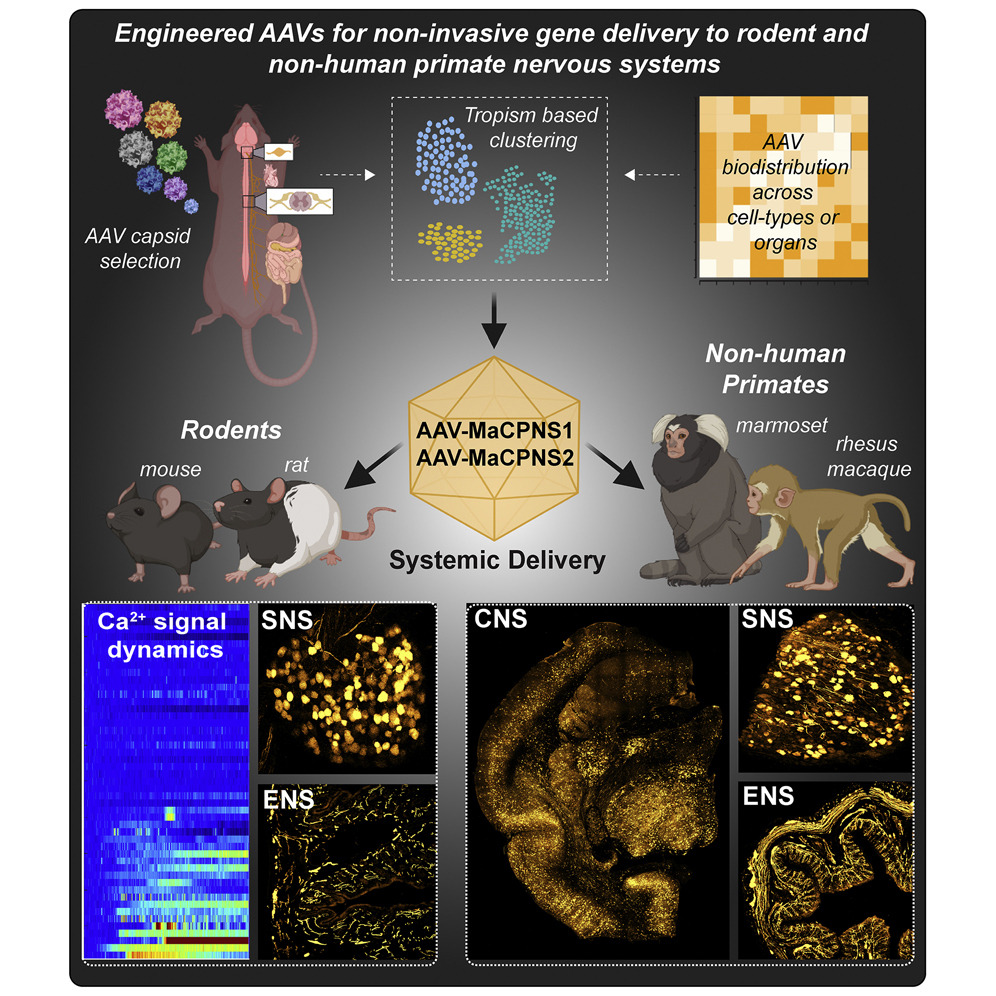
May, 2022
Xinhong and Priya’s work on Engineered AAVs for non-invasive gene delivery to rodent and non-human primate nervous systems is published in Neuron. Congratulations to the team!
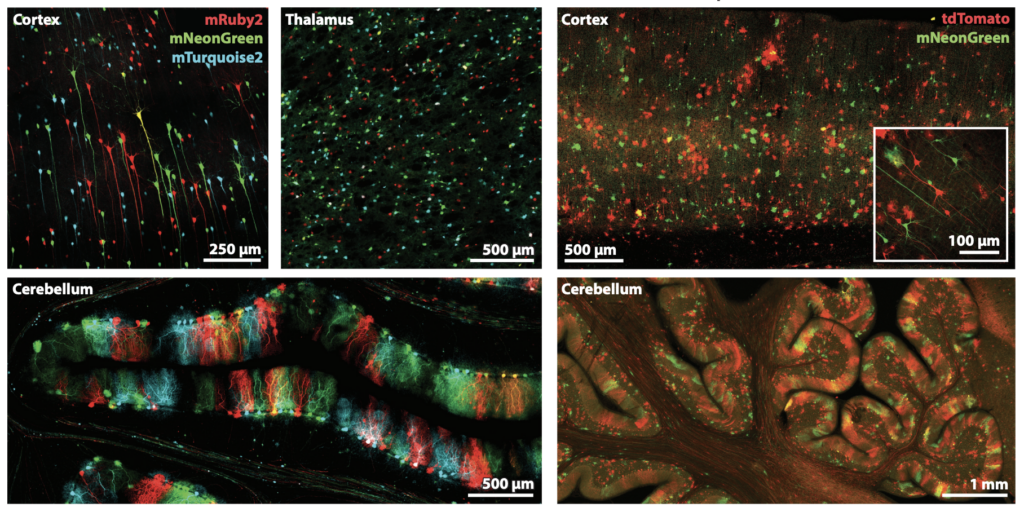
April, 2022
Rose and colleagues describe an AAV toolkit for targeting brain cells in the Annual Review of Neuroscience. Congratulations to the team!

January, 2022
Viviana is named a 2021 Fellow of the American Association for the Advancement of Science (AAAS). Congratulations!
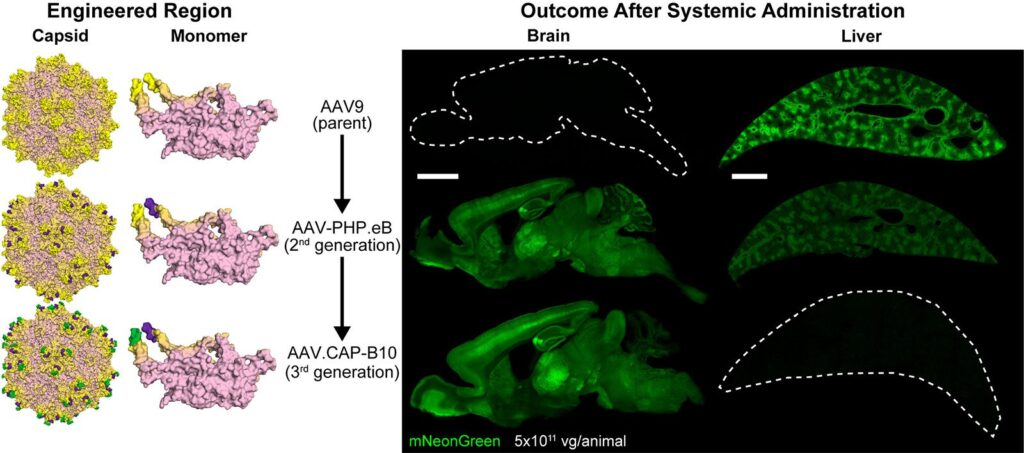
December, 2021
David, Nick F., Nick G. and Miggy’s work on AAV capsid variants with brain-wide transgene expression and decreased liver targeting after intravenous delivery in mouse and marmoset is published in Nature Neuroscience and featured by Caltech. Congratulations to the team!
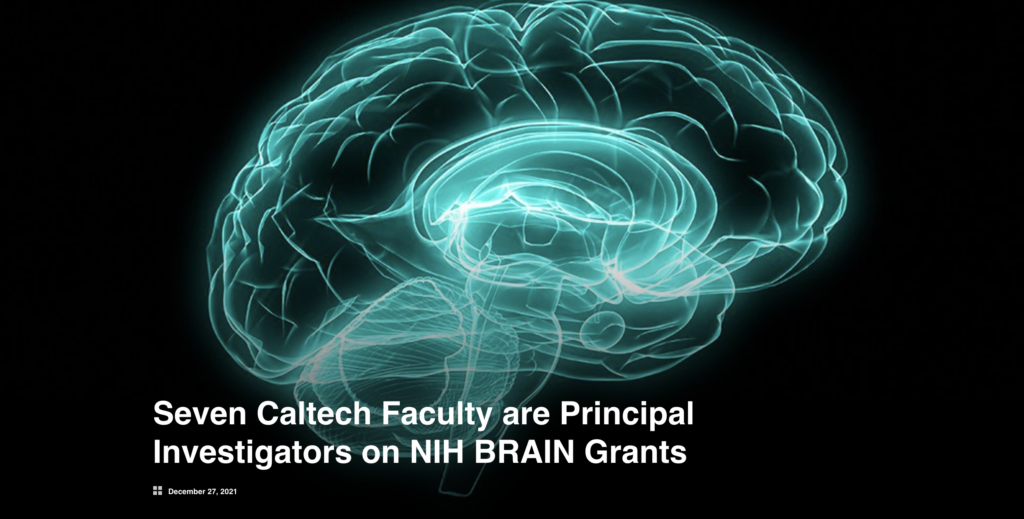
December, 2021
We received an NIH Brain Research through Advancing Innovative Neurotechnologies (BRAIN) grant for engineering AAVs for brain cell type-specific manipulation across species.
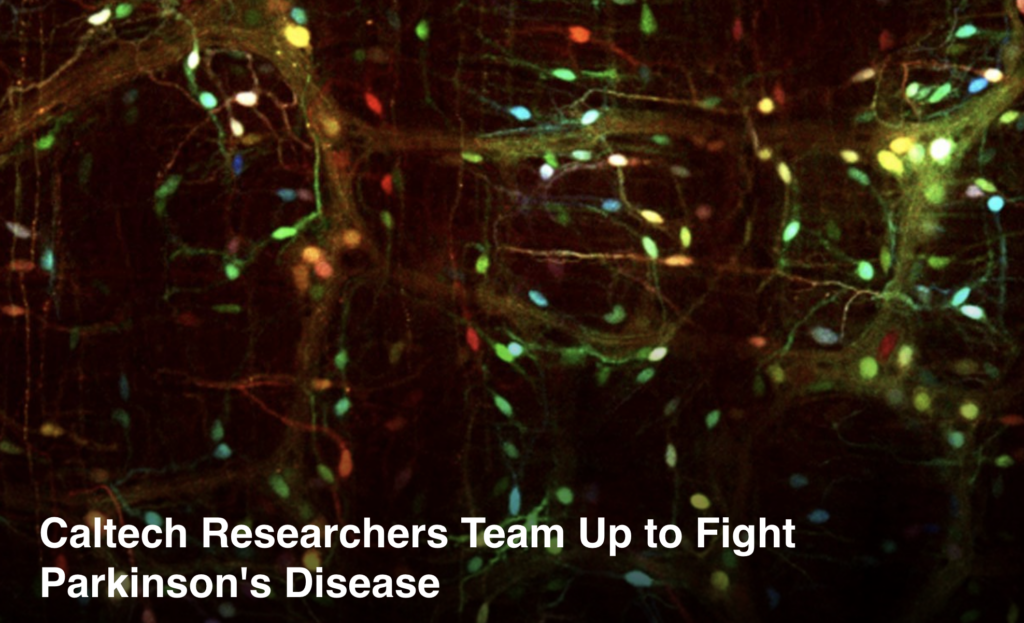
October, 2021
With the labs of Sarkis Mazmanian, David Van Valen, Andrew Fox, Ashley Seifert and others, we’re joining the Aligning Science Across Parkinson’s initiative to explore gut-brain circuitry dysfunction in Parkinson’s Disease.

October, 2021
David, Michael and Tatyana’s work on Deep Parallel Characterization of AAV Tropism and AAV-Mediated Transcriptional Changes via Single-Cell RNA Sequencing is published in Frontiers in Immunology. Congratulations to the team!
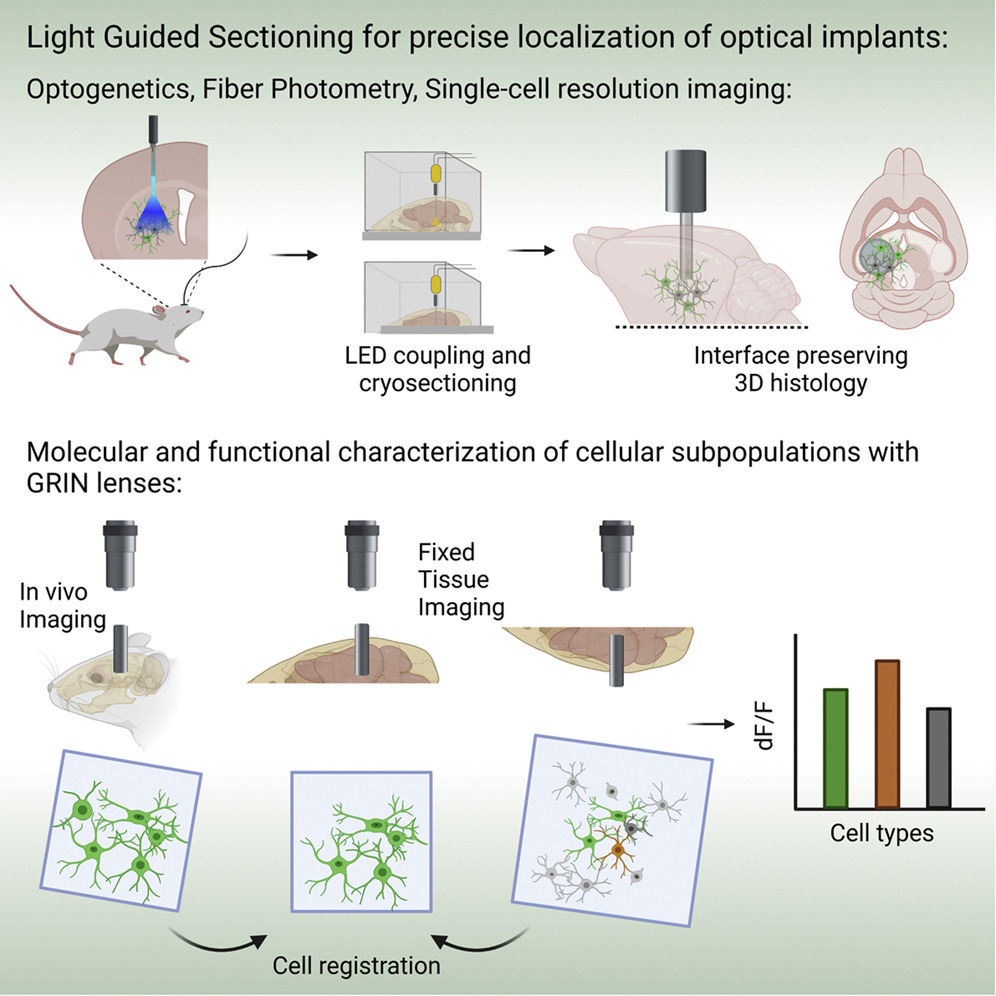
September, 2021
Anat and Alon’s work on Light-guided sectioning for precise in situ localization and tissue interface analysis for brain-implanted optical fibers and GRIN lenses is published in Cell Reports. Congratulations to the team!

March, 2021
Ryan’s work on Response Properties of Dorsal Raphe Dopamine Neurons is featured in JNeurosci’s This week in The Journal. Congratulations to the team!
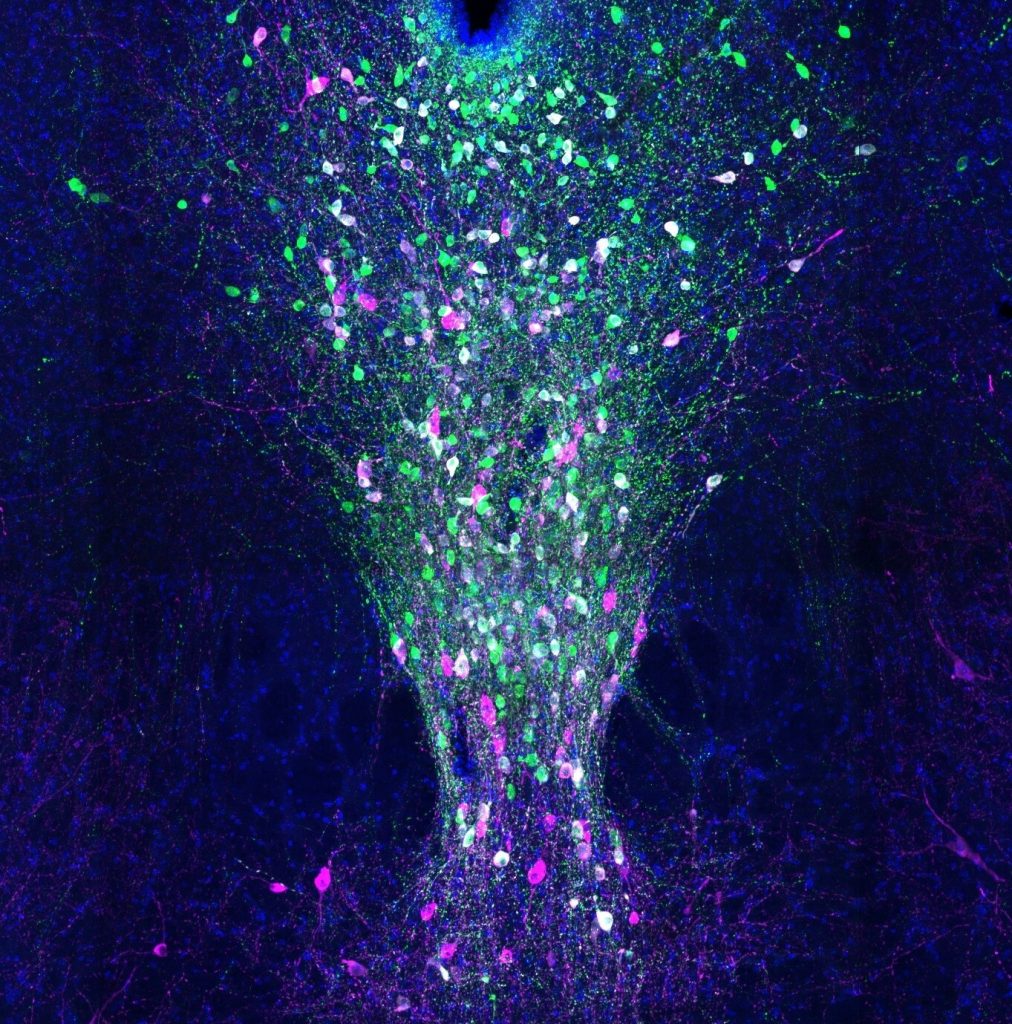
February, 2021
Ryan’s work on Dorsal raphe dopamine neurons signal motivational salience dependent on internal state, expectation, and behavioral context is out in Journal of Neuroscience. Congratulations to the team!
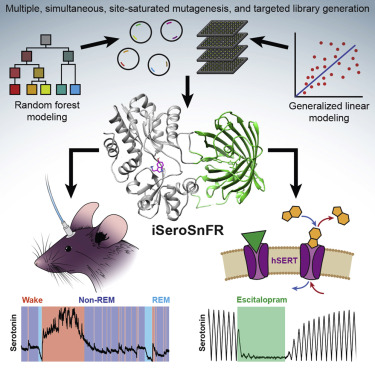
December, 2020
We collaborated with Lin Tian’s and Loren Looger’s group on Directed Evolution of a Selective and Sensitive Serotonin Sensor via Machine Learning. The paper is out in Cell. Congratulations to the team!
September, 2020
We collaborated with Anne Schaefer’s group on Negative feedback control of neuronal activity by microglia. The paper is out in Nature. Congratulations to the team!
May, 2020
Priya’s AAV paper is featured on the cover of Nature Methods and in the NIH BRAIN Initiative’s photo contest. Congratulations to the team!
April, 2020
Priya’s Nature Methods paper describing multiplexed Cre-dependent selection of AAVs for targeted evolution (M-CREATE) is featured by Caltech! Congratulations to the team!
October 2019
Claire’s work on expanding neuroscience’s toolkit with machine learning-guided opsin engineering is now out in “Nature Methods” and featured by Caltech. Congratulations to the team!
June 2019
Michael and Grigorios’ work on Settling the Debate on Serotonin’s Role in Sleep is now out in “Neuron” with a video abstract, and featured on Caltech news. Congratulations to the team!
February 2019
Viviana is featured in the Neuron “Voices” article Driving the Next Steps with Technology, celebrating 30 years of Neuron, where she discusses recent advances and neuroscience applications of adeno-associated viral vectors.
January 2019
Rose’s AAV protocols paper is featured as the cover of Nature Protocols. Congratulations to the team!

May 2018
Viviana is promoted to Professor of Neuroscience and Biological Engineering. Congratulations!
May 2018
Our lab just published a review paper on Viral strategies for targeting CNS/PNS.
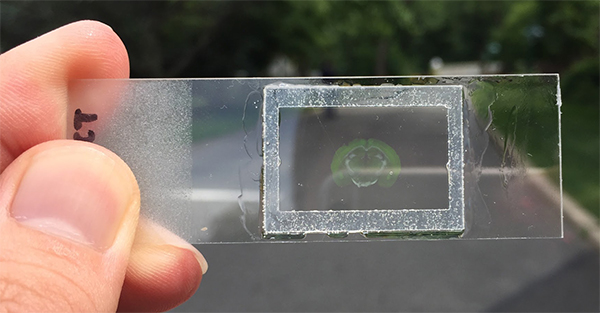
July 2017
Viviana, Ryan and Jenny participated in “Advanced Technologies in Molecular Neuroscience” course at the Cold Spring Harbor Lab and taught tissue clearing methods.
July 2017
Ken’s AAV paper is featured as the cover of Nature Neuroscience. Congratulations to the team!
June 2017
Ken’s paper on novel engineered AAVs is published in Nature Neuroscience and featured on Caltech news. Congratulations to the team!
June 2017
Ryan’s work on DRN dopamine neurons is published in Neuron. Congratulations to the team!
May 2017
Dr. Ken Chan, GLab’s first PhD recipient, won the (1) Demetriades-Tsafka-Kokkalis Prize in Entrepreneurship or Related Fields and the (2) Lawrence L. and Audrey W. Ferguson Prize for his thesis work on viral vectors and tissue clearing. Congratulations!
April 2017
Alon and Ken’s paper on bone CLARITY is published in Science Translational Medicine. Congratulations to the team!
November 2016
Discussing neurodegeneration with Bill Gates at Caltech.
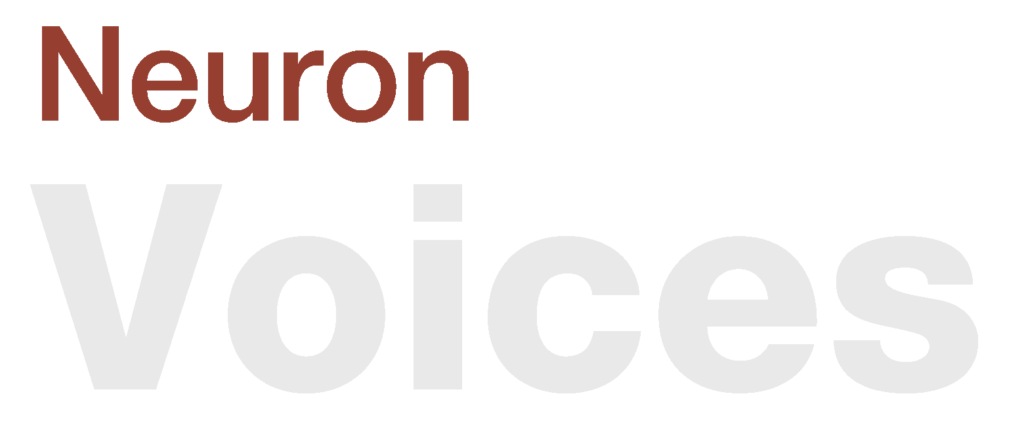
November 2016
Viviana is featured in the Neuron “Voices” article Global Collaboration, Learning from Other Fields.
September 2016
We collaborated with the Newman lab at Caltech for Microbial Imaging after PACT called miPACT – “Exposing the 3D biogeography and metabolic states of pathogens in cystic fibrosis sputum via hydrogel embedding, clearing and rRNA labeling“. The paper is out in mBio and made it to the journal’s featured image, and also featured on Caltech news. Congratulations to the team!
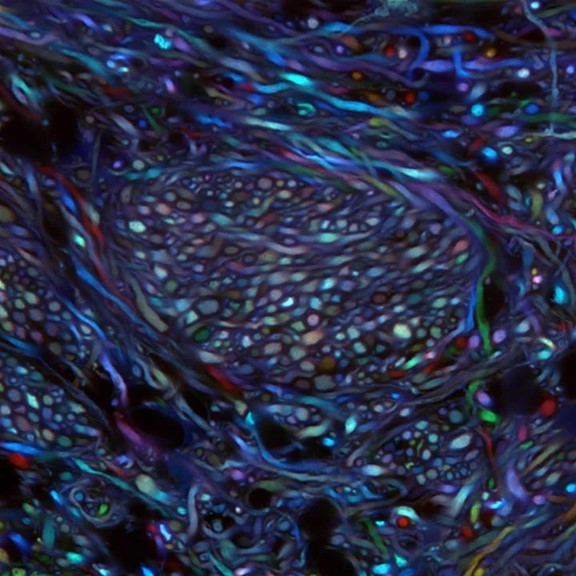
July 2016
NIH Director’s Blog highlights recent G-Lab research: Snapshots of Life: Making the Brain Transparent.
July 2016
Jenny’s review on tissue clearing and viral vectors for mapping biological circuits is now in Current Opinion in Biotechnology. Congratulations to the team!

June 2016
Scientific American features our work on Delivery Vectors that Cross the Blood-Brain Barrier. Congratulations to the team!
April 2016
Cheng’s paper on Mapping Neurons to Improve the Treatment of Parkinson’s out in Neuron and also featured on Caltech news! Congratulations to the team!
February 2016
Ben’s paper on Delivering genes across the blood-brain barrier is out in Nature Biotechnology and featured on Caltech news. Congratulations to the team!
January 2016
Nature News and Views on Optogenetic Voltage Sensors.
October 2015
If you use tissue clearing – these detailed protocols just out in Nature Protocols will help!
July 2015
Spying on Opsins.
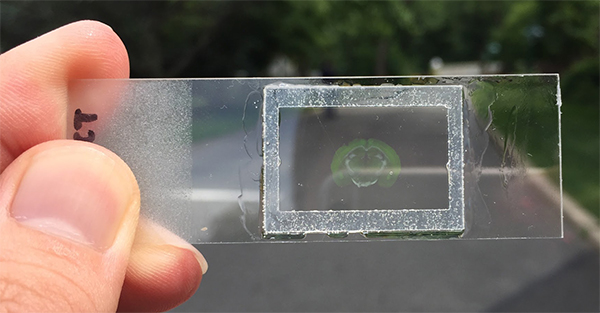
December 2014
Scientific American 10 World Changing Ideas 2014 features our group’s work on Transparent Organisms.
September 2014
Nick and Claire’s paper on voltage sensing with Archer 1 has been published in Nature Communications. Congratulations to the team!
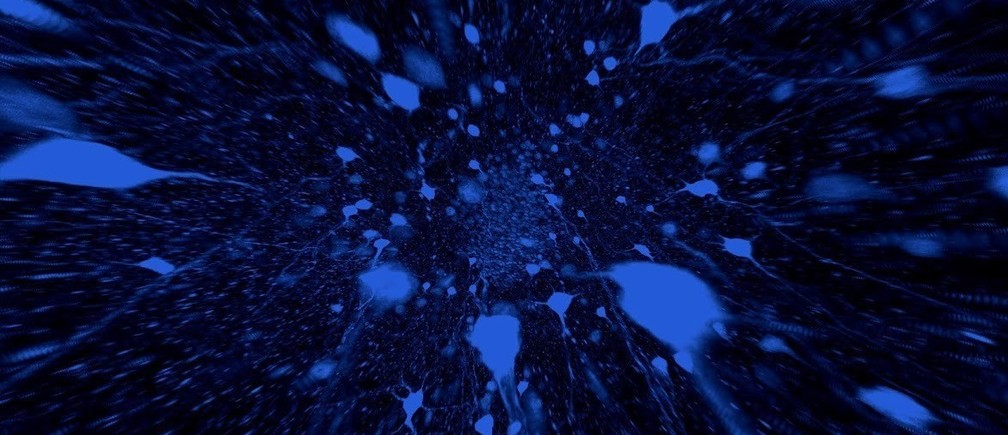
September 2014
Interview about Optogenetics and CLARITY on The World Economic Forum Blog.


